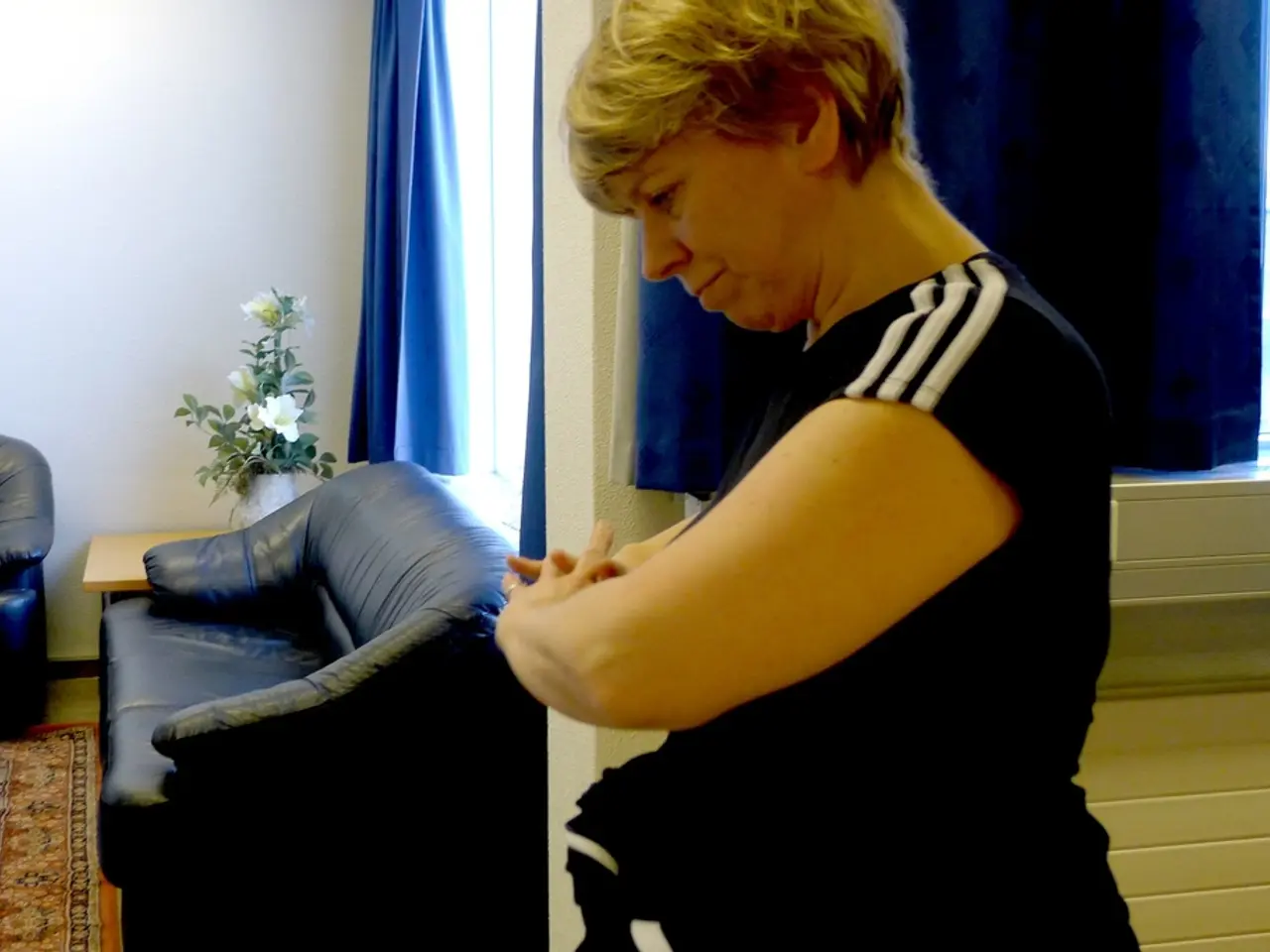The Question Examines the Essential Quantity of Physical Activity Necessary for Maximum Lifespan, Based on Scientific Research.
In the ongoing pursuit of better health, consistency is key when it comes to reaping the long-term benefits of exercise. A series of recent studies have highlighted the importance of incorporating a specific type of exercise into one's daily routine: brisk walking.
Several large-scale studies provide strong evidence that walking briskly for as little as 15 minutes a day—a form of moderate-intensity exercise—is linked to a nearly 20% reduction in mortality risk compared to inactivity. This is particularly beneficial for low-income and Black American populations.
One such study, published in the American Journal of Preventive Medicine in 2025, analysed nearly 80,000 adults across 12 states in the southeastern US over a median follow-up of 16.7 years. The findings showed that fast walking for 15 minutes daily was associated with a significant drop in deaths from all causes, including a significant reduction in deaths from cardiovascular disease, the leading cause of death in the US.
The Southern Community Cohort Study, which provided data for this research, focused on a racially and socioeconomically diverse population often underrepresented in medical research. The study adjusted for lifestyle factors such as smoking, alcohol use, and general physical activity, isolating the impact of walking speed and duration. The results highlight the importance of walking pace as well as duration, emphasizing a brisk pace as a practical, low-cost intervention to improve longevity in vulnerable populations.
The mechanism behind the health benefit is thought to include improvements in cardiovascular fitness, better heart efficiency, and reductions in risk factors like obesity and hypertension, which cumulatively lower the risk of cardiovascular mortality and other causes of death.
While brisk walking offers numerous health benefits, it's essential to remember that a variety of exercises should be incorporated into one's routine. Flexibility exercises, such as stretching, yoga, or Pilates, are important for maintaining joint mobility and preventing injuries. Strength training exercises are crucial for building muscle mass, increasing bone density, and improving overall strength and balance. Recreational activities, like dancing or playing sports, provide enjoyment and social interaction, making exercise more enjoyable and sustainable.
For those new to exercise or with underlying health conditions, consulting with a healthcare professional before starting a new exercise program is recommended. Rest days are also important for allowing the body to recover and repair itself.
In summary, the specific study showing the link is the 2025 cohort study published in the American Journal of Preventive Medicine, which conclusively demonstrates that 15 minutes of moderate-to-brisk walking daily reduces mortality risk by about 20% compared to inactivity, especially benefiting those with existing health conditions and from socioeconomically disadvantaged groups. By incorporating this simple exercise into your daily routine, you can take a significant step towards a healthier, longer life.
Taking these health benefits a step further, science suggests that regular brisk walking can significantly contribute to health-and-wellness and fitness-and-exercise efforts, aiming to lower the risk of various health complications. For instance, by incorporating this simple exercise into your workout regimen, you may benefit from an improvement in cardiovascular fitness and a reduction in risk factors, such as obesity and hypertension. To round out a comprehensive fitness routine, it's also advisable to supplement brisk walking with flexibility exercises, like yoga or Pilates, for joint mobility, and strength training exercises, to build muscle mass and improve physical capacity.




